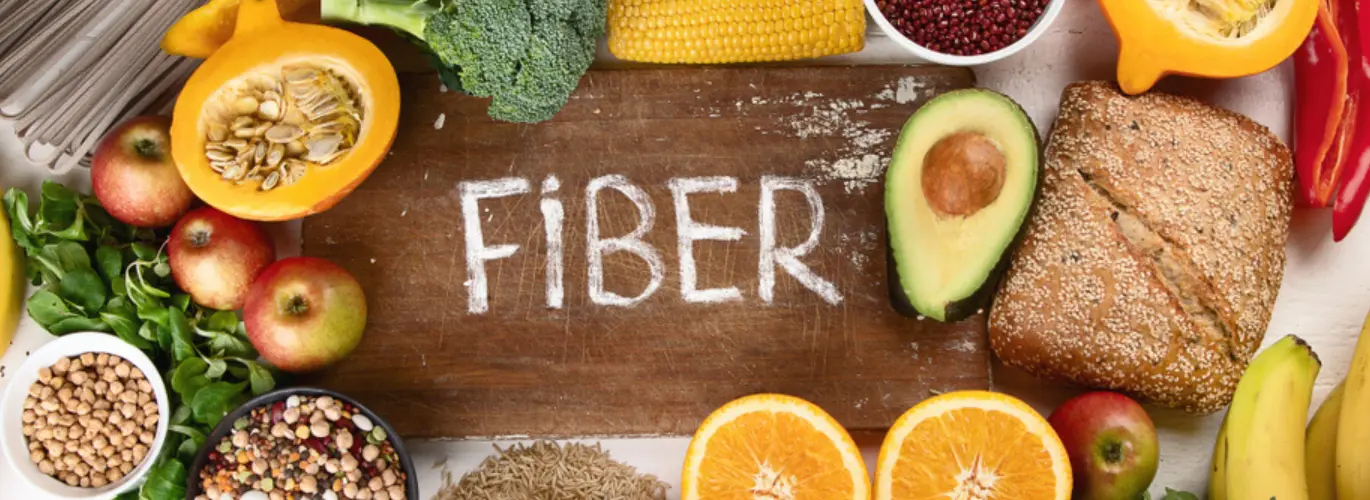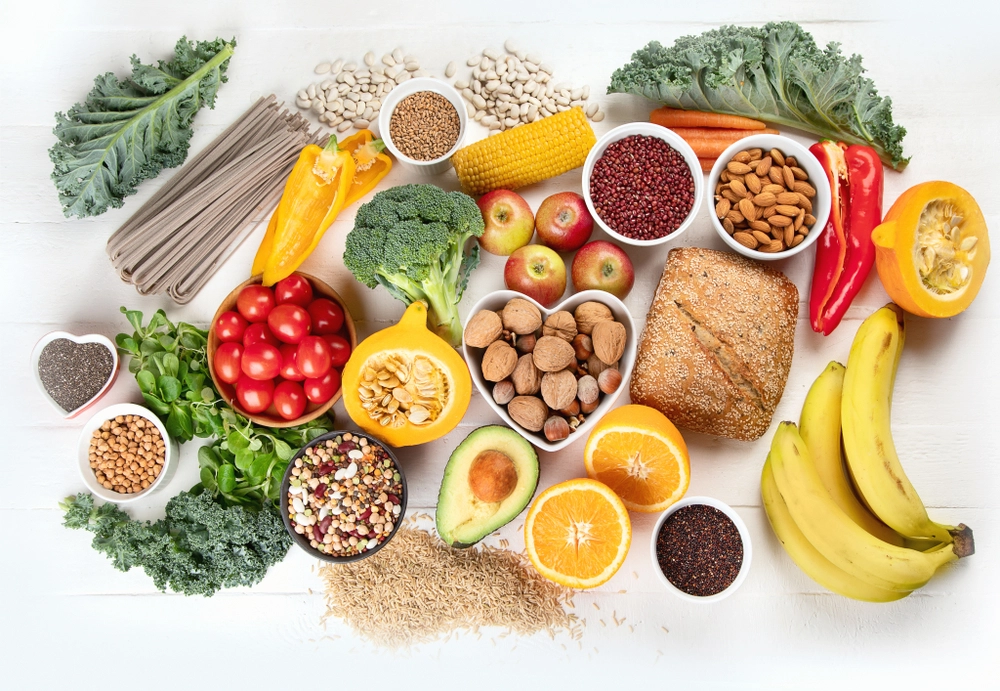

wordpress-seo domain was triggered too early. This is usually an indicator for some code in the plugin or theme running too early. Translations should be loaded at the init action or later. Please see Debugging in WordPress for more information. (This message was added in version 6.7.0.) in /home/sehatnagar.com/public_html/wp-includes/functions.php on line 6114
Maintaining a healthy heart is important for overall health and well-being. One way to promote heart health is through a fiber-rich diet. Fiber is an essential nutrient that plays a vital role in heart health. In this article, we will explore how a fiber-rich diet promotes heart health and provide tips on how to incorporate more fiber into your diet.
Fiber is a type of carbohydrate that your body cannot digest or absorb. Instead, it passes through your digestive system mostly intact, helping to keep your digestive system healthy. There are two types of fiber: soluble and insoluble. Soluble fiber dissolves in water and forms a gel-like substance that can help lower cholesterol levels and regulate blood sugar levels. Insoluble fiber adds bulk to the stool, helping to promote regular bowel movements.
Studies have shown that a diet high in fiber can promote heart health in several ways. Here are some ways in which a fiber-rich diet promotes heart health:
Here are some fiber-rich foods that can help promote heart health:

Here are some tips to help you incorporate more fiber into your diet:
The Best Bedtime For Heart Health?
Is Corn Good For Diabetes? Here’s All You Need To Know
Is Corn Good For Weight Loss? Interesting Facts You Should Know
One of the latest, published March 31, 2022, in JAMA Network Open, looked at fiber intake among 4,125 older adults who were part of the Cardiovascular Health Study, which began in 1989 and followed participants until 2015. Researchers discovered that eating plenty of fiber, particularly from cereal grains, was linked to a lower level of inflammation. Even as little as a 5-gram increase in daily fiber intake was tied to significantly lower blood levels of C-reactive protein (CRP), a byproduct of inflammation that tracks closely with heart attack risk. These benefits appear to be facilitated by the trillions of microbes that live in our intestines (the gut microbiome), which have been a focus of increased scrutiny over the past decade.
Found mostly in plant foods, fiber is often characterized as soluble (which blends with water to form a gel-like substance) or insoluble (which passes through the gut largely unchanged). Some fiber — known as fermentable or prebiotic fiber — gets broken down by bacteria in your colon to form short-chain fatty acids. These compounds then circulate through the bloodstream and interact with specific receptors on cells that quell inflammation. These fatty acids also appear to play a role in keeping blood sugar, blood pressure, and cholesterol levels in check, as well as helping to prevent harmful blood clotting, says Dr. Rimm.
Most prebiotic fiber is soluble fiber; good sources include whole grains such as oats and barley. But dried beans, fruits, and vegetables also contain prebiotic fiber, with some of the highest amounts found in raw garlic, onions, leeks, and asparagus.
However, because everyone’s microbiome is unique, complex, and diverse, it’s challenging to study. So far, there’s no evidence that prebiotic fiber is clearly more helpful than other types, and most foods contain more than one type. Insoluble fiber has other advantages that may contribute to heart health, Dr. Rimm says. Foods full of insoluble fiber, such as wheat bran, almonds, cauliflower, and berries, take longer to eat and digest, so they’re more filling (and lower in calories) than a similar amount of low-fiber foods. His favorite fiber-rich meal? A peanut butter and jelly sandwich on dense, chewy, whole-grain bread.
For inspiration for adding more fiber to your diet, see the sample menu (above), which features a variety of fiber-rich foods and provides a total of almost 32 grams of fiber.
Incorporating more fiber into your diet can have numerous health benefits, including promoting heart health. Fiber can help lower cholesterol levels, reduce blood pressure, and reduce inflammation. By choosing fiber-rich foods such as fruits, vegetables, whole grains, legumes, nuts, and seeds, you can promote optimal heart health and overall wellness.